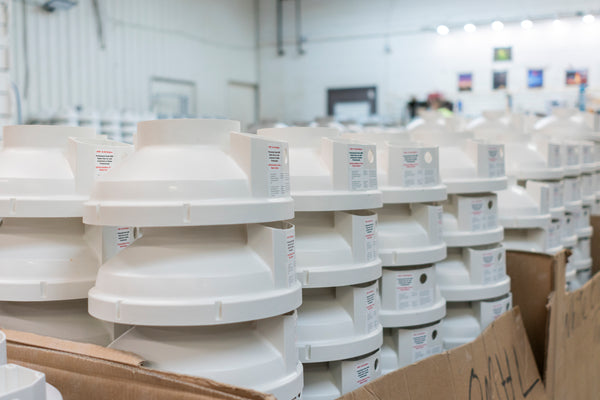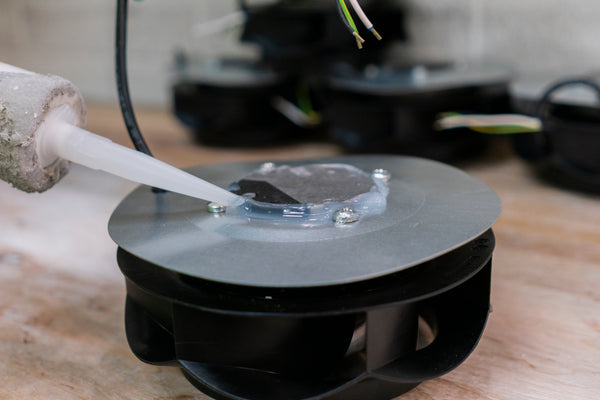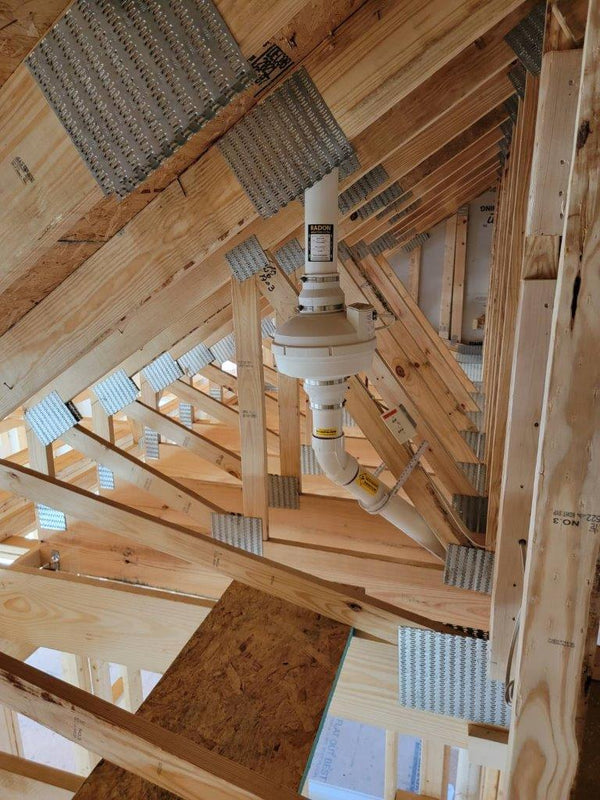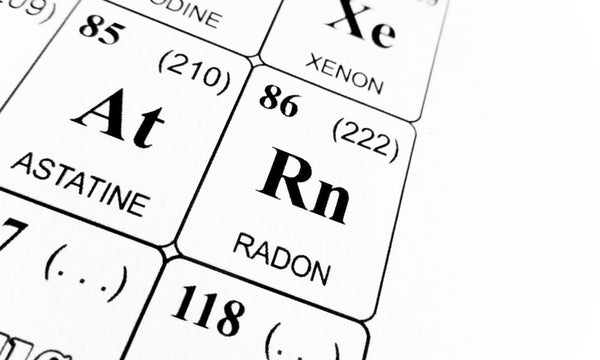
What Do the Different Radon Levels Mean?
Radon exposure is a serious health issue, and many people may not be aware of the risks of exposure in their home and elsewhere. The product of decaying radium and uranium, radon can rise through the earth and become trapped in a building. Exposure is a slow process, and without testing, there’s no way to know if radon is affecting the inhabitants’ health.
The EPA designates different levels of radon exposure according to zones. These include Zone 1, Zone 2, and Zone 3. These are measured in what are called picocuries per liter (pCi/L) of air. There’s no “safe” level of exposure to radon, though it’s best to keep it as low as possible. Zones are also averages for a particular region; therefore, a lower or higher number doesn’t mean one place is less or more dangerous than another. Any indication of radon’s presence requires steps to be taken to reduce it. But what do the different radon levels mean? Here’s a quick and very basic guide.
Zone 1
In these regions, the EPA has determined an average level of indoor radon levels of more than 4 pCi/L. These are designated as red zones on the EPA’s official map. These areas have the highest potential for elevated levels of radon inside a home or other building.
Zone 2
These counties are slightly lower than Zone 1 areas and, on average, show average levels of radon measuring between 2 and 4 pCi/L. As a result, these receive orange zone status but are still considered to show moderate potential for radon exposure.
Zone 3
Zone 3 counties show more promise by having lower average levels of radon inside various structures. Radon screening measures at less than 2 pCi/L. These are referred to as yellow zones and show less potential for radon to exceed those levels.
Zone 0?
When we ask what the different radon levels mean, we may wonder if any place is completely radon-free. Regrettably, there are no zones with zero radon exposure. Certain states, like Hawaii, have the lowest possible levels because of the porosity of the soil, but even there, far beneath the earth, radioactive elements may be decaying. That said, radon exposure can be lessened by ensuring a building is well ventilated, cracks in the foundation are sealed off, and a mitigation system is installed to safely disperse radon into the air. Hire a professional to install a radon mitigation kit and take the first step to diminish exposure in your home or building.

